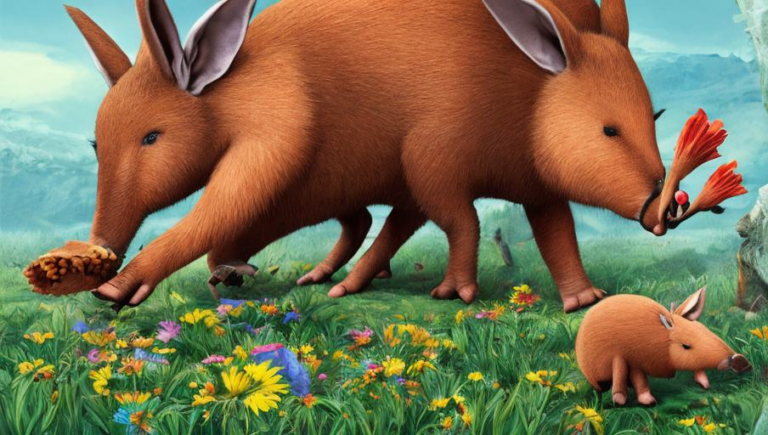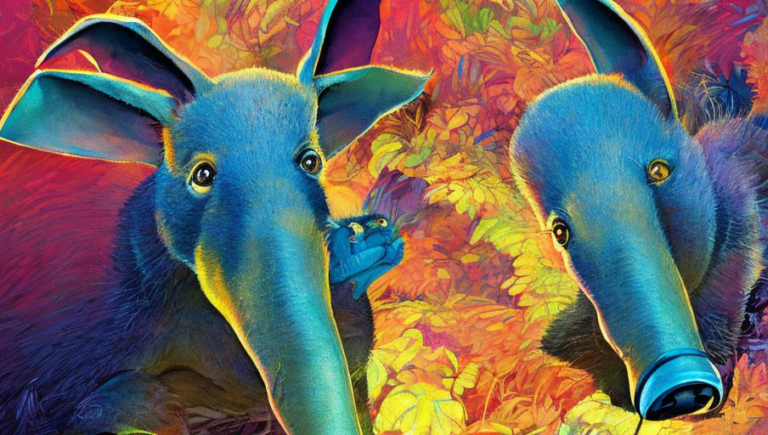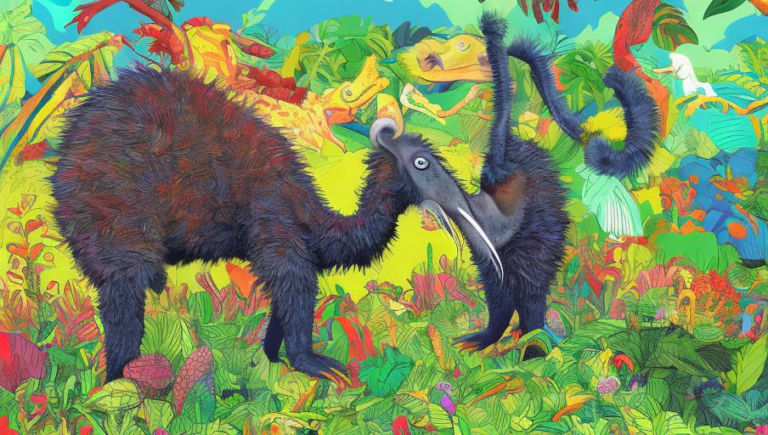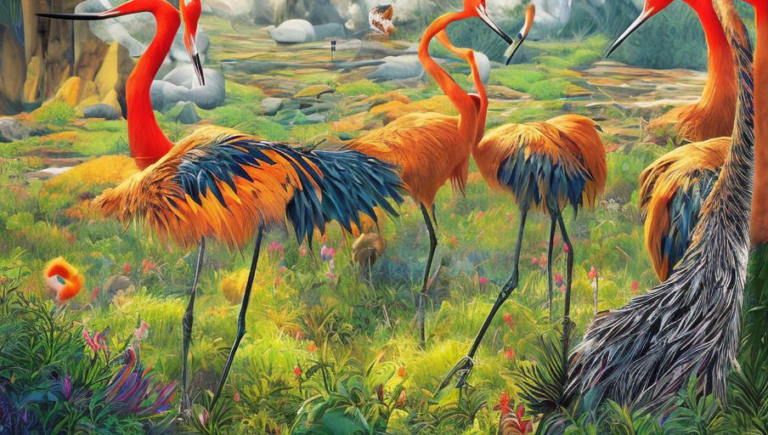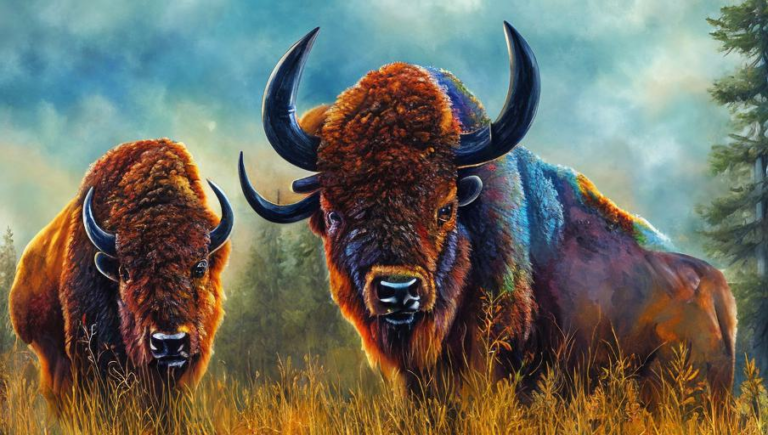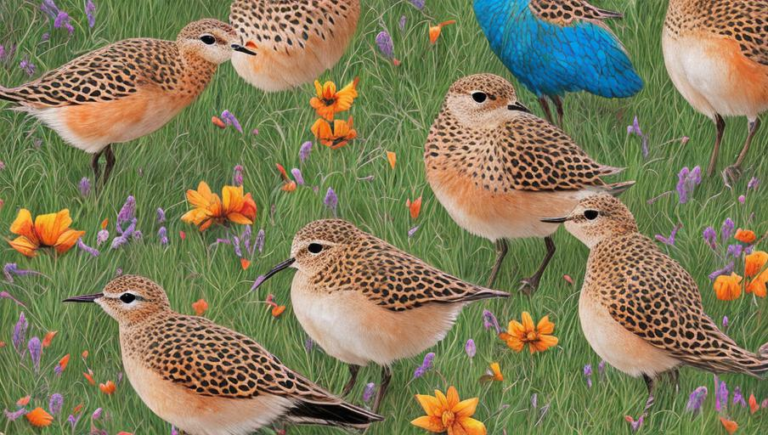Diet and Habits of the Aardvark: An Exploration of Its Life Cycle
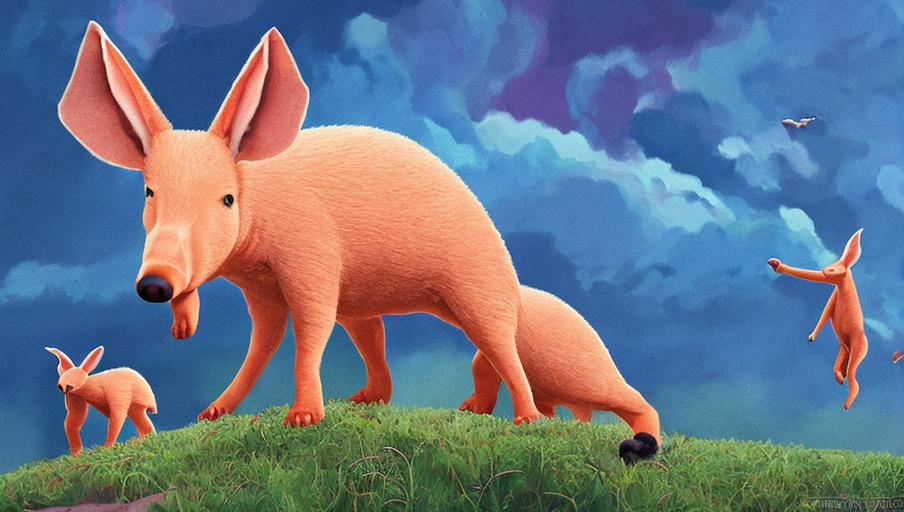
Introduction
The aardvark, also known as the African antbear, is a species of mammal that is found throughout the African continent. It is well adapted to the dry, arid climates of the savannahs and deserts of Africa, and is an important part of the African ecology. The aardvark is a nocturnal creature and is rarely seen in the day. It is a solitary animal, and is not generally found in large groups.
Diet
The aardvark is an insectivore, meaning that it primarily feeds on insects. It is known to feed on a wide variety of insects, such as ants, termites, and other small invertebrates. The aardvark uses its long, sensitive snout to detect its prey, and its long, sharp claws to dig into the ground and uncover the insects. It has also been known to eat fruits, leaves, and roots.
Behavior and Habits
The aardvark is a solitary, nocturnal creature, spending the day in burrows or sheltered areas and emerging at night to search for food. During the day, the aardvark is inactive and mostly silent, but at night it can be heard making loud snuffling noises as it searches for food. When threatened, the aardvark will often stand upright and emit a loud, barking sound as a warning.
Reproduction
Aardvarks are usually monogamous and mate for life. Aardvarks usually mate during the rainy season, and the female aardvark gives birth to a single offspring after a gestation period of about seven months. The young aardvark is weaned after about a year, and reaches maturity at about two years of age.
Threats
The aardvark is threatened by habitat destruction, as well as hunting and poaching. It is also threatened by the spread of disease, as well as competition from other species. In some areas, the aardvark is also threatened by predation, as it is a favorite food of many large predators, such as lions and hyenas.
Conclusion
The aardvark is an interesting and unique species, with a unique life cycle and an important role in the African ecology. It is threatened by a variety of factors, and it is important that we take steps to protect this species.
